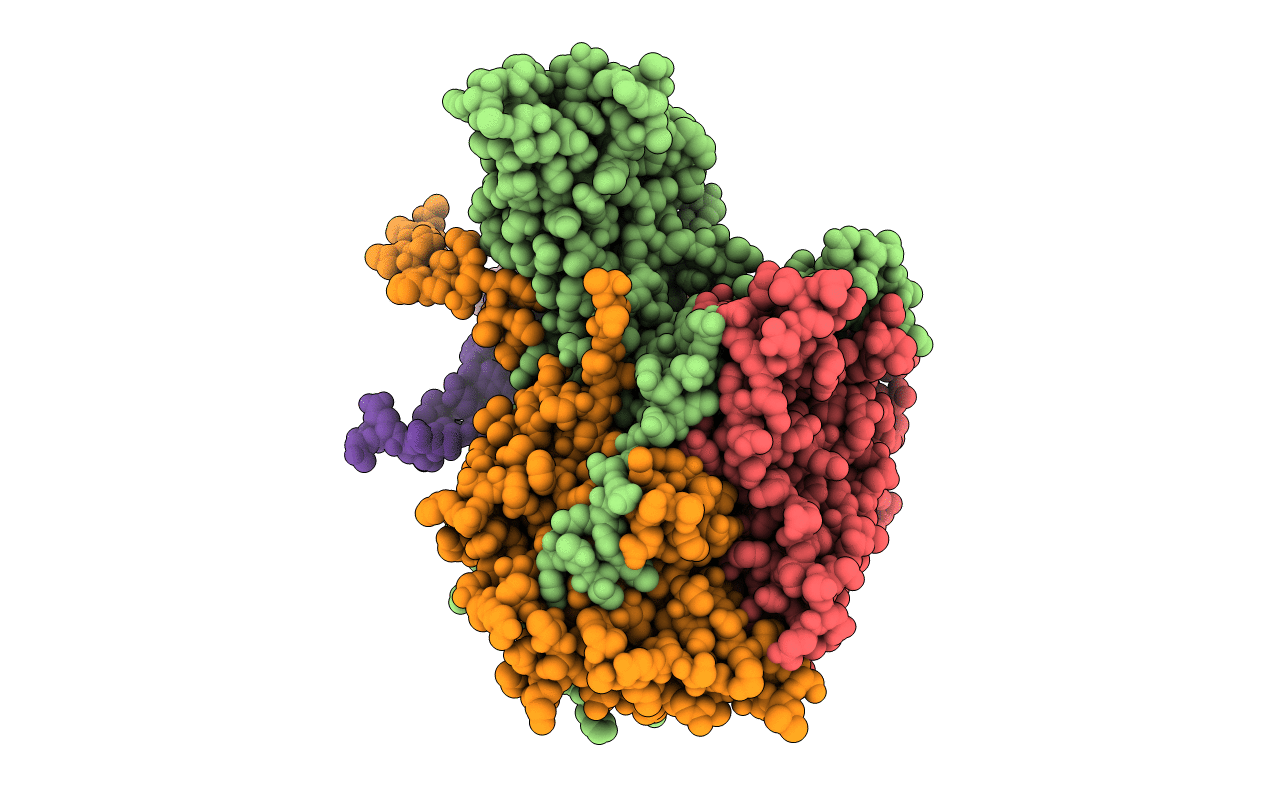
Deposition Date
1996-01-02
Release Date
1996-07-11
Last Version Date
2024-11-20
Entry Detail
PDB ID:
1VBC
Keywords:
Title:
POLIOVIRUS (TYPE 3, SABIN STRAIN) (P3/SABIN, P3/LEON/12A(1)B) COMPLEXED WITH R77975
Biological Source:
Source Organism:
Method Details:


